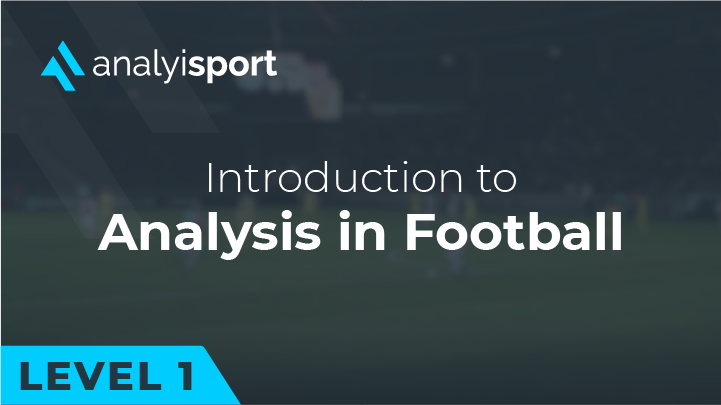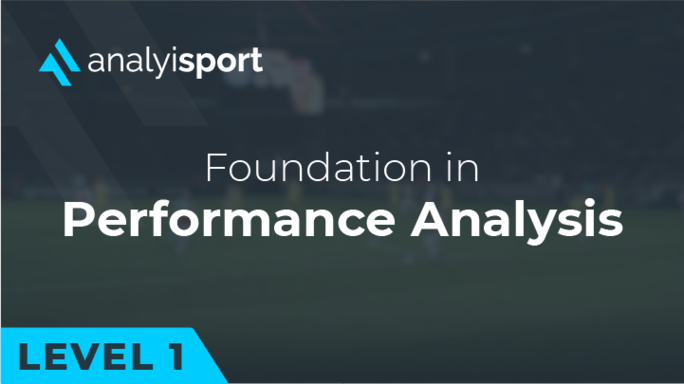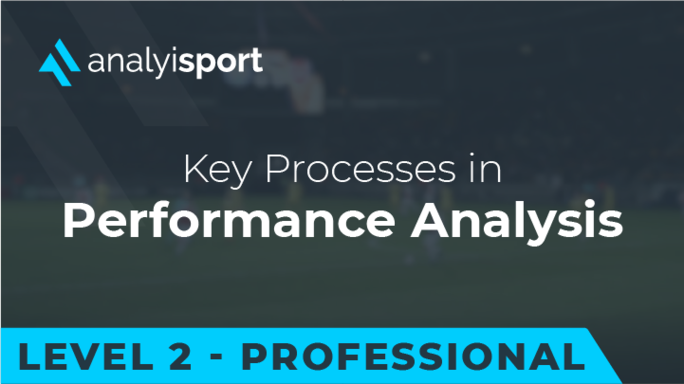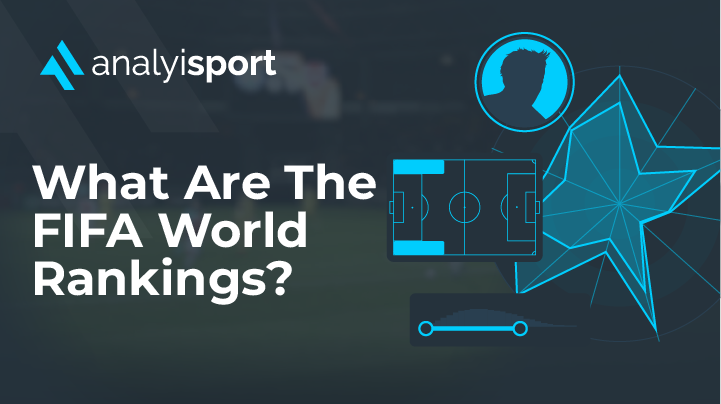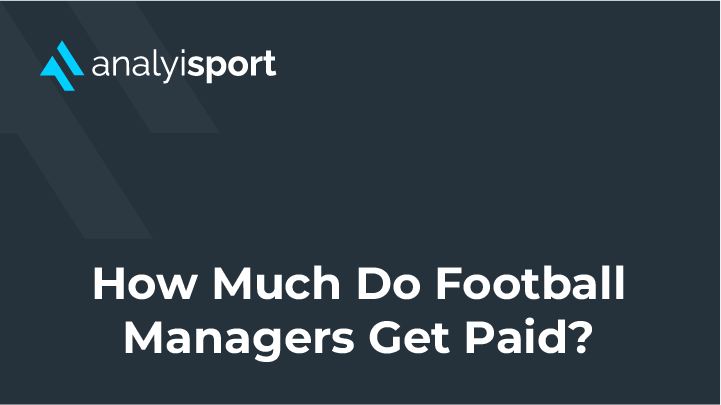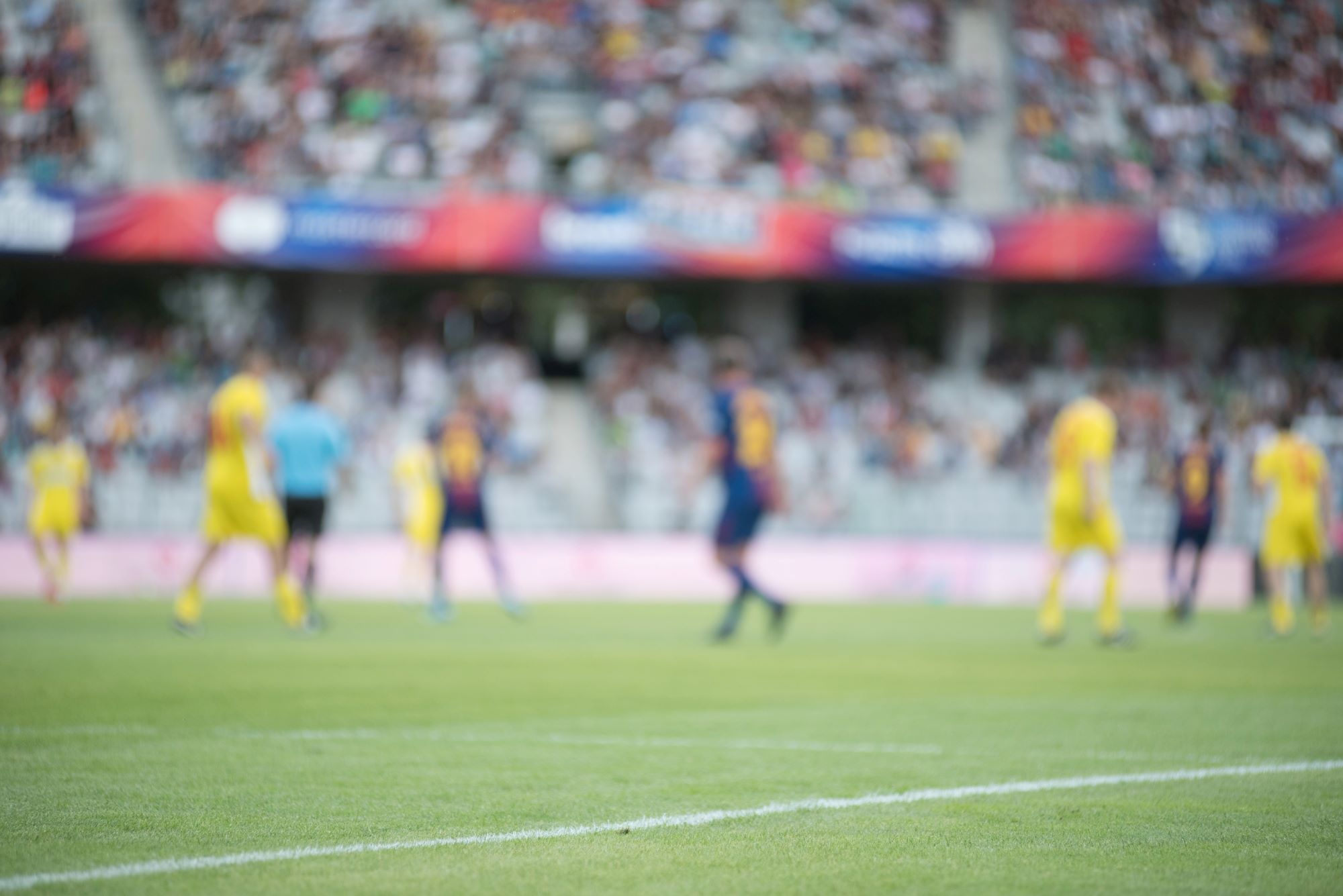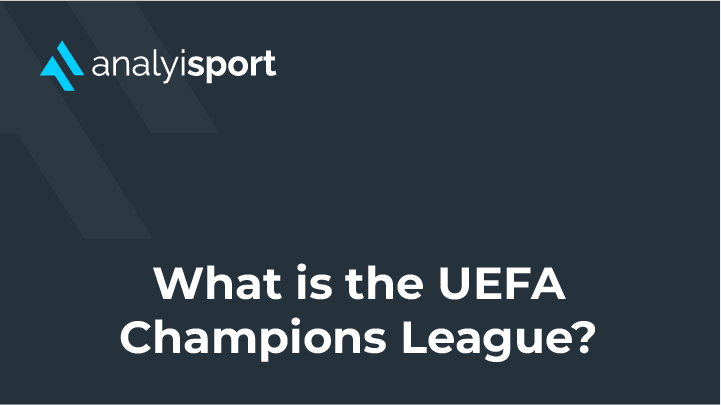Psychology and Data of Penalty Shootouts: How teams use numbers and psychology to dictate how their penalties are taken
The penalty kick. Is this the one area within football that creates the most discussion?
How to take, how to save, who should take, the order in a shoot-out; the debate after a contentious penalty or a shoot-out continues long after the game has finished.
However, penalties are one of the most powerful ways to change a football match. In normal play, or added time or even the dreaded penalty shootout the spot kick can define a win or a loss. It can confirm legendary status or the player who missed the crucial kick – either way years later players have shared their stories of the kick that they have been involved in.
The nature of the penalty also makes many people assume that these are often down to luck. It is a cliche that these are an unfair ‘flip of the coin’ or that you are just as well to ‘blast it’.
But there is a lot of science behind penalties and there is a reason why successful teams have worked on them. Most recently Liverpool worked with Dr. Niklas Häusler & Patrick Häntschke the team behind Neuro11, their work was credited in the immediate aftermath of the club’s victories in the 2021-22 Emirates FA Cup and Carabao Cup finals, both of which were won following penalty shootouts.
Areas like throw-ins and penalties that have previously been overlooked are now part of many team’s strategic plans. Role specific coaches like Thomas Grønnemark and companies like Neuro 11 have demonstrated their value.
After several unsuccessful penalty shoot out attempts England’s recent victory over Columbia at the World Cup, this was the first success in a shoot out since Euro 96. However this wasn’t purely down to luck. “What changed,” the FA’s former head of team strategy and performance Dave Reddin tells The Athletic, “was putting a really systematic focus on penalties.”
Statistics are reviewed, analysed, but more than that players are also paying attention to the physical aspects of a kick and the psychology too.
Where To Place Your Penalty?
The value of winning penalty shootouts is considerable and there has been extensive research completed. Much of the research has provided insight into where is the best place to shoot and where is best place to dive. With the growth of data analytics companies like StatsBomb and WyScout analysts can draw down live penalty data.
Jordan Pickford is one goalkeeper who has used this data, taping or writing the information on his water bottle so that he can use it during the same. Pickford regularly writes the penalty takers and their preferred placement on his bottle.
One of the most insightful facts relating to penalties is not where the penalty is taken, but rather when with 60% of shootouts being won by the team that kicks first. It is important that captains are prepared with all of the information when they enter a shoot out.
Areas like a coin toss are down to luck so research and investigations have been on the controllable like where to strike the ball, the best technique to use and the psychology of penalties.
For those looking for a definitive answer, there is not really one. The reality is that penalties cannot be solved with a simple “shoot here” and teams have come to realise that they have to adapt to this reality. The use of data and research in penalties isn’t new, Ben Lytteton has been writing about the Psychology of the perfect penalty since 2014.
Looking at World Cup penalties since 1982 there is a large data set to draw conclusions. One area that strikers can gain an advantage is getting goalkeepers to commit first. Due to the split second decisions that players have to make keepers often dive before seeing shots. This sees them dive 46% of the time to their left, 40% to their right, meaning staying in the middle just 13% of the time. So a quick conclusion some may come to is that penalties should be taken down the middle. But this is not so easy.
Splitting the goal into three zones, players have the most success of scoring by shooting to the right zone as 76.8% of shots taken in that direction go in. The left zone is the second most successful and so we can see that the centre, with a 59.6% success rate is the most risky to take.
Dr Stephen Woodcock from the University of Technology Sydney has added to this analysis grounding reasoning for not going centre in psychology. He postulated that players and goalkeepers are less likely to choose the middle of the goal due to “shame evasion”. With so much pressure on penalties data and logic may be overlooked as psychologically a player will not want to look foolish for not committing to one side or the other.
So then the question is why not always aim to the right hand side of the goal if it is the most successful? In fact shots into the top right hand corner are the most successful of all with 88% going in for players who play with either their right or left foot. But by shooting to the same side the whole time goalkeepers would be able to easily plan and anticipate shots. Adding to this hitting it into the top right comes with the most risk as there is a high chance a player could miss.
The best approach seems to be mastering “Game Theory”. This is a branch of mathematics that helps analyse the interactions and decisions where the outcomes of one person’s choices depend on the choices of others. Game Theory allows people to deeply investigate strategies in all sorts of contexts, and penalty taking in football is one of the scenarios where it can help.
The subsection that applies to penalty taking the most is the “Nash Equilibrium” that describes a zero sum game where a win for one player means that the opponent will lose. The theory states that the best approach is to be unpredictable.
The conclusions of data therefore shows that it is hard to give a formulaic answer of the best way to take or save a penalty. For players taking a shot they need to work on varying to be skilful on both sides. Their best way to make sure they score is through accurate placement of the ball. For keepers they have to make educated guesses about where to dive based on game footage, data or a player’s body shape.
Mental Preparation
So with the placement of the ball being hard to make any gains on other areas must be controlled. One is mental fatigue. As football matches progress players sporting abilities are affected by the physical toll of the match.
In normal time players can take a penalty to a fairly high standard, but when it is late in game or in the penalty shootout with pressure on the player coupled with fatigue then it can become too much. This is why special preparation is needed.
Sports scientists have discovered it is not enough to rely on penalty taking in training sessions. You have to replicate the late game stage or high pressure scenario as much as possible.
The best method for doing this is by practising spot kicks in post-training session conditions when you are most tired. Dr Ken Bray has explained the importance of this by stating that “Penalties should be practised after hard training sessions to replicate the fatigue felt after two hours of competitive football”. He adds that those taking the penalties in matches should be those who perform best in these scenarios rather than the volunteer basis we have seen in years gone by.
Time
There is another psychological factor that has to be considered and controlled. Penalties must be taken in good time and with mental clarity. This is often why goalkeepers or defenders try mental tactics to delay penalties and cast doubt into the minds of opponents.
In return we are now seeing teams protect penalty takers from disruption with teammates often standing in the way to separate the opposition so that a player can go through their penalty taking mental routine.
In a recent Premier League game Van Dijk was seen holding the ball before Nunez took the penalty. “It’s pretty obvious really,” explained Van Dijk. “You have to make sure you protect at least the penalty spot. It’s a bit of a mind game there in the end, maybe they were going to try and get in your head. It was always the plan that Darwin was going to take it, and I’m glad he scored.”
Scientific analysis shows that players must hone a routine for taking the penalty so that mental blocks do not occur. It becomes instinctive and you do not overthink. In this way players have the best chance to control the scenario and strikers will want to give off confusing perceptual information to the goalkeeper they are facing.
Stuttered run ups, Pananeka’s and specific lengths of runs are all designed for the taker to get as much advantage as possible whilst being in a routine so that it is as easy as possible for them.
But this can also cause problems for the player as taking too long over the run up is also detrimental. The statistics show that the shorter the waiting time that a striker has between the referee’s whistle and taking a penalty, the more likely they are to score.
For example, by waiting for more than 4.5 seconds it was shown that the likelihood of scoring went down from nearly 90% to 61%.
But the data also shows that time is important for keepers too. The evidence is that goalkeepers often move early. Important for players to take their time taking the penalty and for goalkeepers to take their time in deciding their direction. One scientific study found that “goalkeepers will improve their chances of saving a penalty kick by initiating their action as late as possible”. In this way the goalkeeper is less likely to be duped by their opponent.
Penalties are extremely hard and there is far more to them than just luck. Players must work on these to avoid disappointment plus there are huge mental and physical hurdles to overcome. The question of where to place the ball is more redundant, whereas ensuring your own quality and controlling your own psychology and taking conditions will elicit the best response.
Related Courses:
Share this article
Our Learning Pathways
AnalyiSport is for everyone who is passionate about analysis in football. Where are you in your development journey?
Become a Football Scout
As more clubs than ever look to build data into their recruitment process, an understanding of recruitment analysis is your ticket to success in the game.
Related Articles
Our team provides news and insights from the cutting edge of football analysis.

